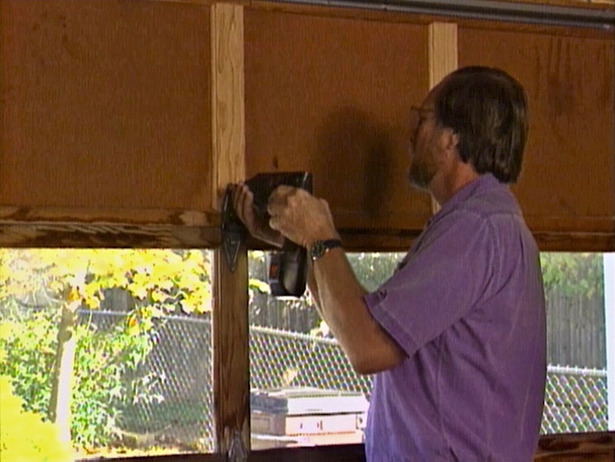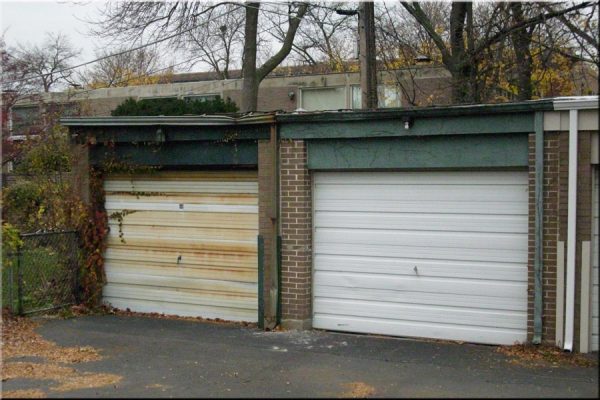Installing A Garage Door

The installation of a garage door is regularly made far more complicated than it need to be. Simple processes are made too complicated because of lack of space or failure to read the instructions fully, leading to botched door installations that do not work fully.
Leading concrete garage specialists Dencroft Garages have repaired many installation failures in their 60 years of existence, and have devised a complete step by step guide to help others install garage doors successfully on their first attempt. Below is their ten step installation guide that they use on all their concrete garage builds:
It is essential that you gather all the tools you need before you start. You will need a hammer, bolts, screwdriver and other tools. At the same time, clear a working space that is adequate for the work to be carried out. Most problems with installation start because of missing equipment or lack of space.

Initial preparation is tremendously vital. Starting with the first panel, attack the supplied weather strip to the bottom edge, before placing this panel in the doorway. To keep them together, you can drive nails partially into each jamb. At this point, if the hinges are not attached to the top of the panel, attach them there. After you have done this, following the manufacturer’s instructions, assemble the vertical, horizontal and curved tracks.
To prepare the side of the doorway for installation, install roller and brackets on the door panel and the wall/jamb brackets on each side of the doorway. Then, install the vertical track by starting at one side, and place the rollers on the first panel onto the track.
With the first panel attached to the track, install the next set onto the second panel. At this point you will need some help. Together, lift the second panel on top of the second panel and attach onto the vertical tracks. Connect the hinges together using an electric screwdriver and make sure the hinges are tight.
Repeat step four but for the third panel. At this point it is crucial to check the level of the door, checking the vertical track for a plumb finish. Then, lock the top plates of the vertical track to the wall on each side of the doorway. Because of the forces associated with the opening and closing process of the door, the lag screws musty be driven into solid frames. (Do not tighten fully at this point).

Attach the jamb brackets to the tracks and the frame. Again it is imperative these go into the sound framing because of the stresses. After this is complete, install the horizontal and curved tracks, bolting them together. The horizontal track must be level for the garage to work properly.
Next you will need to measure the track and then cut the rear hanger the specified length to support this, screwing it into the ceiling. Apply this to both horizontal tracks.
Install the final door panels section the same as previously done and remove any of the temporary nails used to hold it together earlier. Then, mount the torque tube as set out in the instructions. This is beneficial at providing assistance when you open and close the door.
Check all the alignments of the tracks by moving the door and up and down several times, and make adjustments if required. Once you are happy with the level and alignment, tighten all the lag screws.
Check that the alignment is correct after tightening and then close the door accordingly. Remember to tidy up any mess and to tighten all the nuts, screws and bolts.
This simple ten step guide ensures all concrete garages look good and is fully functional, so there should never need to be a dodgy installation again.
